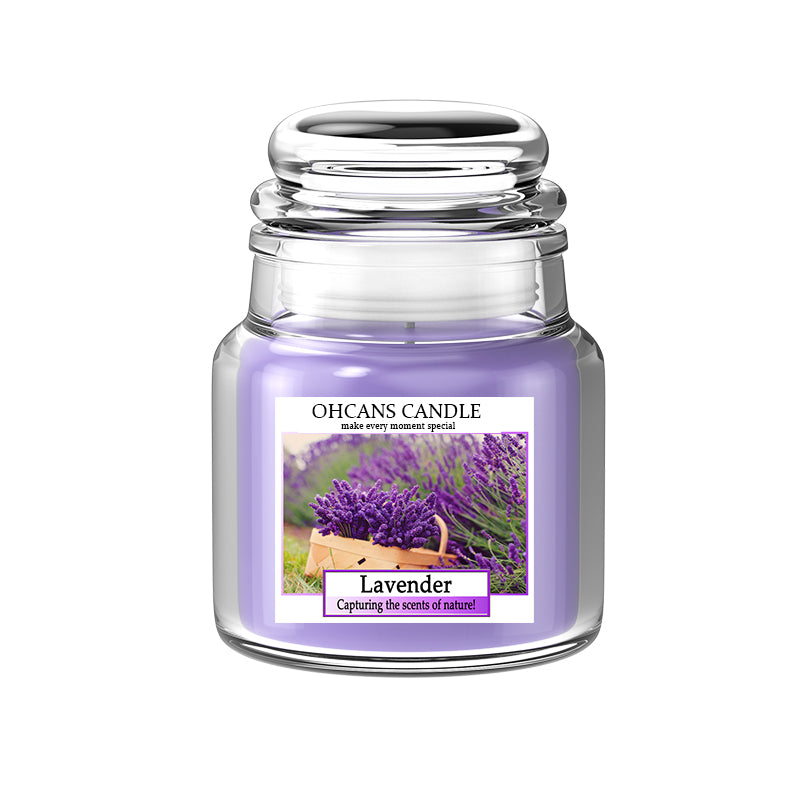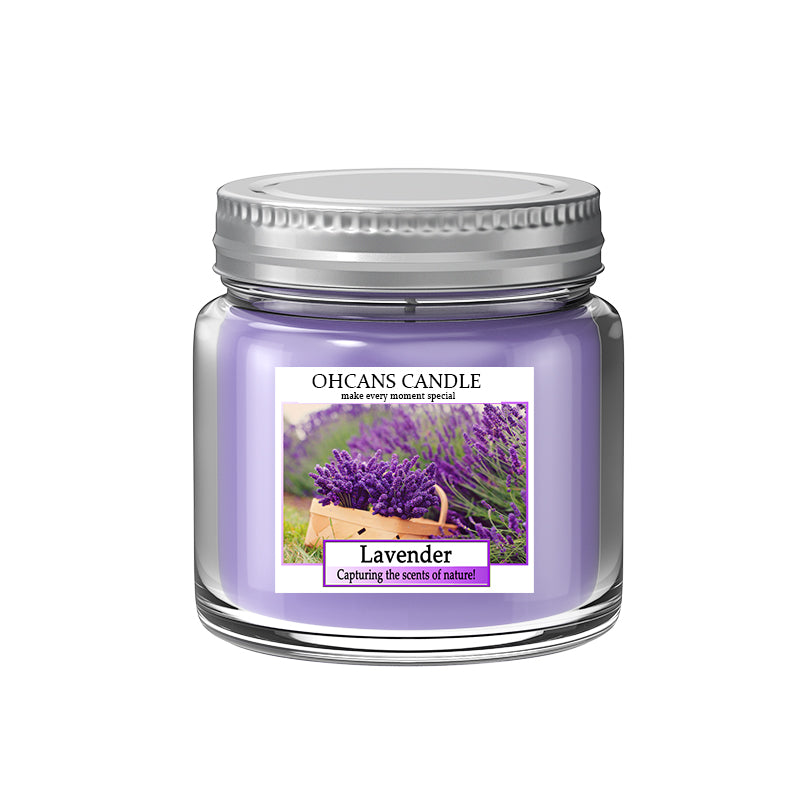Choosing the Best French Candle Making Supplies
Candle making has become a popular hobby and business venture for many craft enthusiasts. However, with so many different types of candle making supplies available, it can be overwhelming to choose the right ones for your French candle. Choosing the wrong supplies could result in poor quality candles that do not burn properly or emit unpleasant scents. That's why it's important to have a basic understanding of the different types of candle wax, wicks, fragrances, and colors available on the market. In this blog post, we will guide you through the process of selecting the best candle making supplies for your French candle. Whether you are a beginner or an experienced candle maker, this guide will provide you with valuable insights and tips to create beautiful and high-quality candles that you can be proud of. So let's dive in!

Types of candle wax
Candle wax is the foundation of any candle, and it's important to choose the right type of wax for your French candle. There are several types of candle wax available on the market, each with its own unique set of advantages and disadvantages.
Paraffin Wax
Paraffin wax is a byproduct of petroleum refining and is one of the most commonly used waxes in candle making. It's easy to work with, inexpensive, and produces a bright, vibrant flame. However, paraffin wax has been criticized for being non-renewable and emitting potentially harmful chemicals when burned.
When using paraffin wax for your French candles, it's important to choose high-quality paraffin wax that is free from impurities. You should also ensure that you are using the correct temperature when melting the wax to avoid overheating or burning.
Soy Wax
Soy wax is made from soybeans and is a popular choice for those who prefer natural products. It burns cleanly and slowly, producing a subtle fragrance that complements rather than overwhelms. Soy wax candles also tend to have a longer burn time than those made from other waxes.
One downside of soy wax is that it can be more difficult to work with than other waxes due to its lower melting point. Additionally, some people may experience allergic reactions to soy-based products.
When using soy wax for your French candles, make sure you are purchasing high-quality soy wax from a reputable supplier. It's also important to use the correct temperature when melting the wax to avoid burning or discoloration.
Beeswax
Beeswax is a natural byproduct of honey production and has been used in candle making for centuries. It has a subtle honey scent and produces a warm glow when burned. Beeswax candles are also known for their long burn times.
However, beeswax can be more expensive than other types of candle waxes and may not be suitable for those with bee allergies or sensitivities. When working with beeswax, it's important to use caution as it has a higher melting point than other waxes and can easily overheat if not monitored closely.
Gel Wax
Gel wax is a relatively new type of candle wax that produces clear, translucent candles with unique designs such as embedded objects or layered colors. It's easy to work with and allows for creativity in designing your French candles.
However, gel wax tends to have a shorter burn time than other types of candle waxes and may require additional additives such as UV inhibitors or stabilizers to prevent discoloration or cracking over time.
When using gel wax for your French candles, make sure you are following all safety precautions as gel wax can become extremely hot during the melting process.
Types of Candle Wicks
The most common types of candle wicks are cotton, hemp, wood, and zinc-core. Cotton wicks are widely used because they are affordable, easy to find, and work well with most types of wax. Hemp wicks are similar to cotton but have a slower burn rate and produce less soot. Wood wicks provide a unique crackling sound when burning and are ideal for soy wax candles. Zinc-core wicks are sturdier than cotton or hemp but can produce more smoke if not trimmed properly.
When choosing a type of candle wick, it's important to consider the type of wax you're using and the size of your container. Soy wax requires a smaller size wick than paraffin wax due to its lower melting point. Similarly, larger containers require thicker wicks to ensure an even burn.
Determining the Right Wick Size
Determining the right size of the candle wick is essential for proper burning performance. A too-small wick may cause tunneling while a too-large one may result in excessive smoking or mushrooming.
To determine the right size of your candlewick, you need to consider several factors such as:
-
The diameter of your container
-
The type of wax you're using
-
The fragrance load
-
The color additives
One way to determine the right size is by conducting a test burn using different sizes until you achieve optimal results. You can also use online calculators that take into account your specific container size and type of wax.

As a premier candle making company based in China, we take immense pride in crafting exquisite candles that embody the essence of French elegance. Our blog post has delved into the world of French candles, highlighting the essential elements of the candle wick and candle wax. Through meticulous attention to detail, we ensure that our French-inspired candles deliver a captivating sensory experience. With carefully selected wicks, our candles burn evenly and radiate a warm, inviting glow. Our use of high-quality candle wax guarantees a clean burn and releases delightful fragrances. Choose our candle making company for an enchanting journey into the realm of French candles, where beauty, craftsmanship, and passion unite.




Leave a comment